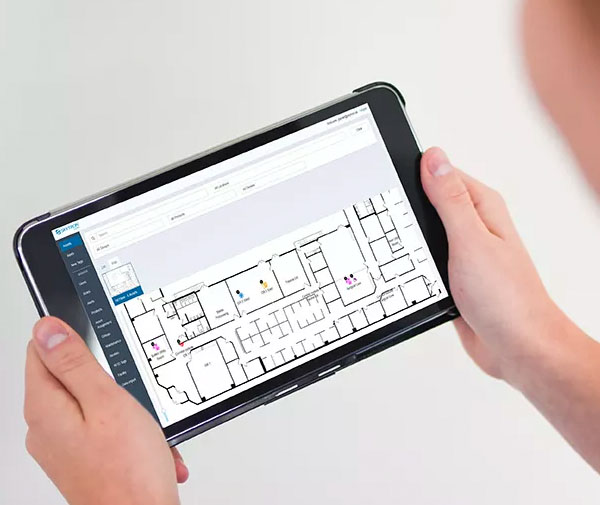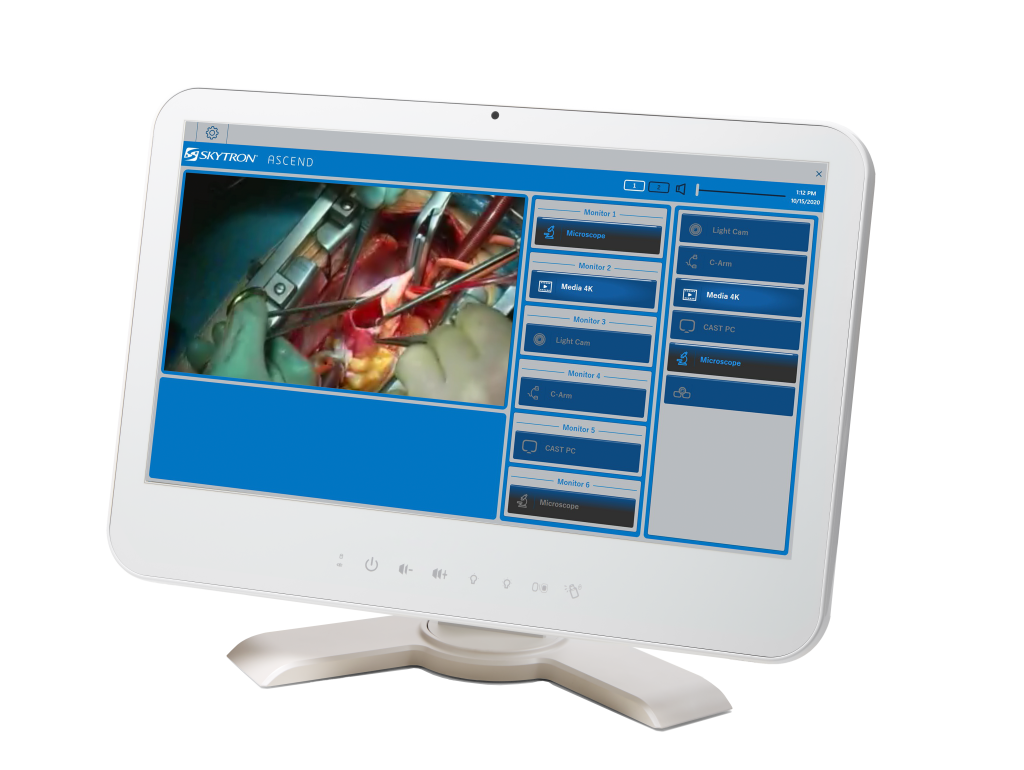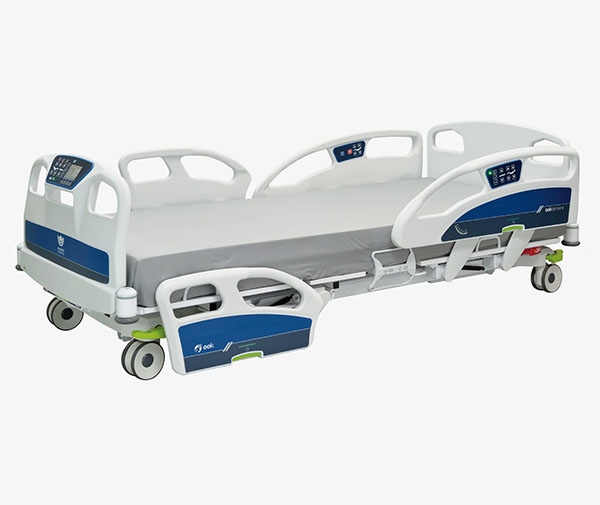
The medical world is making a large shift toward “big data” to make faster, more informed and accurate decisions. Big Data is defined as chunks of information too large or complex for traditional databases to handle. Every day, doctors, nurses, technicians and hospital administrators are flooded with information. Data about patients, trends, outcomes, equipment, technology and more.
In such an information-saturated environment, it would be easy to become overwhelmed. A report on big data from Healthbox, a Healthcare Information and Management Systems Society (HIMSS) solution and advisory firm, acknowledges as much.
“The sheer volume, velocity and variety of data being collected poses challenges for harnessing and ensuring its validity to benefit both the macro, population-level health and the micro, evidence-based precision medicine,” says the report.
Translated: It’s hard for any one person in the health system to keep up with, much less analyze, the enormous volume of data being generated day in and day out from so many sources – medical devices, wearables, electronic health records, medical imaging, genomic sequencing and pharmaceutical research, just to name a few.
Fortunately, there are powerful tools available for hospitals that not only collect critical information, but also can cut through the mountains of data and make it usable for clinical and business decision making. Keckler Medical provides leading “big data” technology solutions to assist acute care hospitals overcome these challenges throughout Northern California and Nevada.
Like most industries, health care is moving toward big data solutions. These systems help clinical teams and administrators make more informed, more accurate and faster decisions to achieve safer patient outcomes while improving room utilization and workflow efficiencies to save the hospital money. And at the administrative level, it is a huge advantage to have this real-time data at their fingertips.
An article in the January 2018 journal of NEJM Catalyst suggests there are two trends at play pushing the healthcare industry to embrace big data.
“The first is the move from a pay-for-service model, which financially rewards caregivers for performing procedures, to a value-based care model, which rewards them based on the health of their patient populations,” the story says, adding that “healthcare data analytics will enable the measurement and tracking of population health, thereby enabling this switch.”
The second trend, according to the story, “involves using big data analysis to deliver information that is evidence-based and will, over time, increase efficiencies and help sharpen our understanding of the best practices associated with any disease, injury or illness.”
Keckler offers its customers multiple big data and video integration systems that allow hospitals and other healthcare facilities to more accurately manage and utilize their data and video records. Here are five examples:
- Skytron LENS (Location Enabled Notification System) Real-Time Location System (RTLS): Manage assets with ease and track potential infections. An asset-tracking system and a workflow enhancement system that many staff members within a hospital can utilize. Infection control is vital in a facility. This system allows you to access interaction history between patients, staff and equipment to contain infectious outbreaks. You can pinpoint exactly where a piece of equipment is located in the facility as well as examine the workflow of staff and patients. It can improve efficiencies by tracking a stretcher as soon as it enters the operating room. The surgeon would get a notification to be in the room in the next 10 minutes. It can also pinpoint the precise location of a piece of piece of equipment that is due for preventive maintenance to save the biomedical engineer perhaps an hour trying to track down the item in the hospital. Designed to boost productivity, improve workflow and lower equipment costs.
- SkyVision Intuitive Hub – Content Media Management System: This system can capture, archive and stream all video from operating rooms or other procedure environments. Doctors can record, store, share and collaborate with other physicians on videos and images with this innovative solution. A doctor can be in the middle of a procedure and send a link via the Cloud to another physician 50 miles away and say, “Here’s what I’m looking at. What would you do?” Or a training hospital can have a room full of students watching the procedure, either live or later as part of their lessons. You can enhance surgical quality and patient outcomes through review and analysis.
- SkyVision Ascend Video Integration System: This intuitive system allows staff to easily route images from any compatible device, allowing you to see what you want, where you want it. Simple to Use; Access Stored Media from Anywhere; Communicate Audibly and Visually through SkyVision; Simple Installation; Reduced Footprint; Vendor Neutral
- Umano Medical Wi-Fi Bed Connectivity: Umano is a leading manufacturer of hospital beds. The newly added wi-fi connected technology allows multiple pieces of patient data to be collected from the bed itself to “talk” with computers and handheld devices, allowing for continuous and easier patient monitoring. It’s all about bed connectivity to enhance workflow and provide superior patient outcomes.




